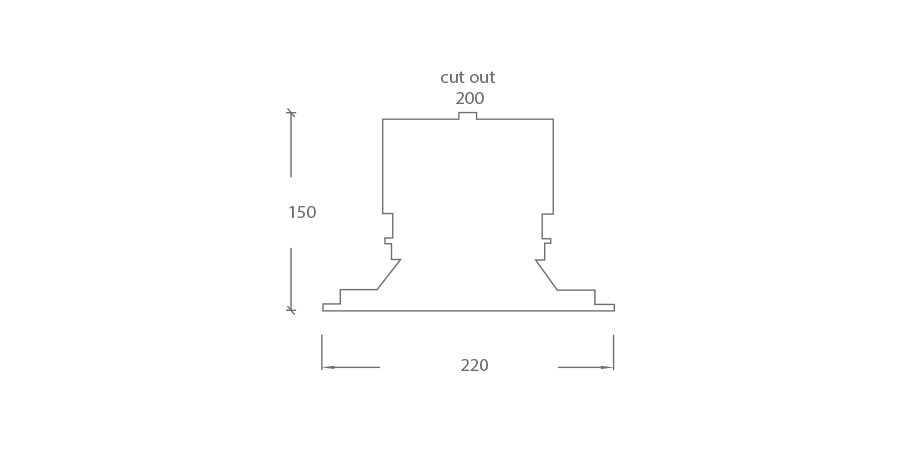
Project spark pc download mirror driver#
In client mode, you create the Spark driver node as a Pod then create a SparkContext using your favorite language’s API bindings before finally submitting work. Once all the data processing has finished, on tear down, the ephemeral worker node Pods will be terminated automatically but the driver node Pod will remain so you can inspect any logs before manually deleting it.

In cluster mode, after you submit an application using spark-submit, the SparkContext created on behalf of your application will ask the kube-apiserver to setup a driver node and a number of corresponding worker nodes (Pods) and proceed to run your workload on top of them. That depends based on how you want to run Spark on Kubernetes. Enter KubernetesĪs of 2.3.0, Spark now supports using Kubernetes directly as a cluster manager. As a result, it too is a cluster manager which Spark can talk to natively. Hadoop YARN (“Yet Another Resource Negotiator”) was developed as an outgrowth of the Apache Hadoop project and mainly focused on distributing MapReduce workloads. Mesos ships with a cluster manager that you can leverage with Spark. It is a no frills, competent manager that is meant to get you up and running as fast as possible.Īpache Mesos is a clustering technology in its own right and meant to abstract away all of your cluster’s resources as if it was one big computer.

The Standalone cluster manager is the default one and is shipped with every version of Spark. Traditionally, Spark supported three types of cluster managers: One of the key advantages of this design is that the cluster manager is decoupled from your application and thus interchangeable.

The final result is aggregated across the nodes and sent back to the driver. When data in the form of a Resilient Distributed Dataframe (RDD) is manipulated by your Spark application, the RDD is split into a number of partitions and distributed across these worker node/executor combinations for processing. The cluster manager on the other hand, is responsible for spawning and managing a number of worker nodes (“the slaves”) that each run an executor process on behalf of the SparkContext to do the actual work. The SparkContext created (either programmatically by your favorite language binding or on your behalf when you submit a job) abstracts the cluster as one large compute node that your application uses to perform work. Spark adopts a Master/Slave approach whereby a driver program (“the master”) creates a SparkContext object that connects to a cluster manager. Spark is a fast and general-purpose cluster computing system which means by definition compute is shared across a number of interconnected nodes in a distributed fashion.īut how does Spark actually distribute a given workload across a cluster?


 0 kommentar(er)
0 kommentar(er)
